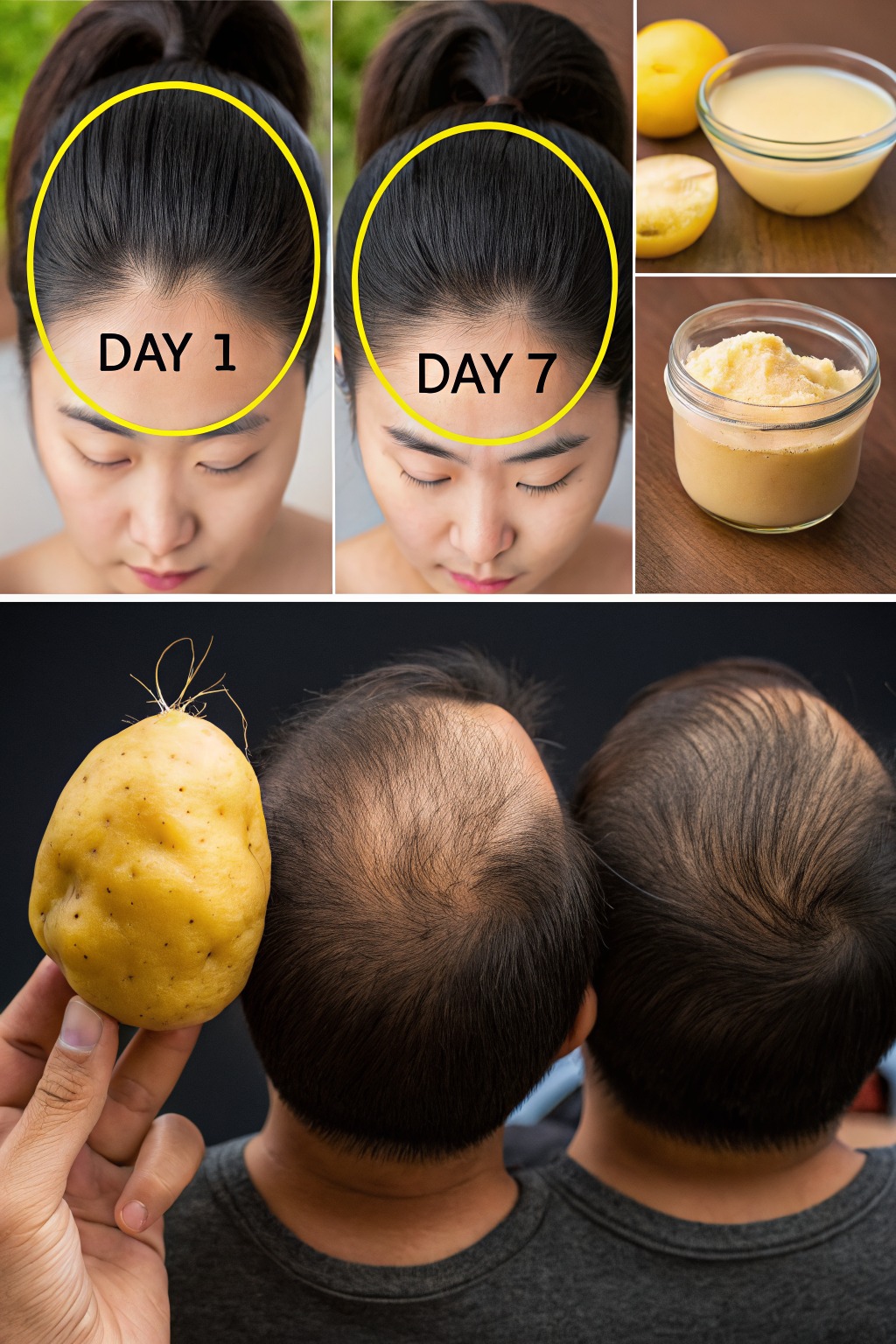🌸 What’s Behind the Myth of “Crazy-Growing Hair”?
1. Rice Water Rinse (Yu-Su-Ru)
-
Used by Japanese court ladies since the Heian period, rice water is rich in vitamins B and E, inositol, amino acids, and antioxidants—believed to strengthen hair, improve elasticity, and promote shine
-
Dermatologists warn that scientific proof for hair growth is limited—and excess starch can cause dryness or irritation, especially for coily or sensitive scalps Health.
-
If you choose to try it:
-
Soak or rinse rice to produce water; optionally ferment for 3–5 days (fermentation boosts inositol, breaks down proteins, lowers pH for a healthier cuticle) Viori.
-
Use as a final rinse once a week to start. If your hair becomes dry or stiff, reduce frequency.
-
2. Camellia Oil (Tsubaki Oil)
-
A long-honored Japanese hair elixir made from Camellia japonica seeds. Lightweight yet deeply nourishing, it delivers oleic acid, antioxidants, and vitamins A, B, C, E to hair and scalp
-
Benefits include improved shine, reduced breakage, moisture retention, and scalp nourishment. It was even used historically in Edo-era Japan as a shine-enhancing pomade
-
Best Use: Warm slightly and massage into scalp and hair—and leave in for 20 minutes or overnight before washing.
3. Scalp Massage & Oiling Ritual
-
Stimulates blood circulation, nourishes hair follicles, and promotes stress relief. Japanese methods include circular fingertip movements, tapping, kneading, or using special wooden combs
-
Frequent gentle combing (especially with tsuge wooden combs) helps distribute sebum from scalp to tips—minimizing breakage and boosting shine .
-
Combined with camellia oil, scalp massage becomes even more effective at nourishing hair over time.
4. Herbal Rinses & Nutrient-Boosting Diet
-
Green Tea Rinse: After shampoo, cool brewed green tea (rich in antioxidants and catechins) can support scalp health, reduce dandruff, and promote a healthier growth environment
-
Seaweed/Kelp Treatments or Mask: Applying a mask made from sea vegetables such as nori or kombu delivers iodine, iron, zinc, and keratin-supporting nutrients—both topically and via diet—promoting follicle strength and hydration .
-
Diet Matters: A Japanese-style balanced diet—fish, seaweed, vegetables, rice—supplies biotin, omega‑3s, vitamin C, and other nutrients essential for healthy hair growth and reduced shedding .
✅ Summary Table
| Practice | Path to Stronger Hair | Frequency / Notes |
|---|---|---|
| Rice water rinse | Cleanses, strengthens, adds shine | Once/week; use fermented version; patch test first |
| Camellia oil treatment | Nourishes, seals moisture, reduces breakage | Leave 20 min to overnight; wash thoroughly |
| Scalp massage & wooden combs | Improves circulation and oil distribution | Daily massage; gentle wooden combing |
| Herbal rinses & diet | Supports scalp, reduces dandruff, nourishes follicles | Green tea rinse post‑shampoo; nutrient-rich diet daily |
🌱 Is This Truly a “Miracle” for Growth?
Despite all the tradition, there’s no verified evidence of these methods causing “hair to grow like crazy.”
-
No published data support doubling or tripling your growth rate solely from rice water or camellia oil.
-
However, clinical science confirms that scalp stimulation, proper nutrition, and gentle care reduce shedding and support stronger regrowth—helping hair appear fuller and healthier over time.
-
For evidence-based hair loss treatments, options like FGF5 blockers from natural botanicals and low-level laser therapy (LLLT) are supported by research—though these are not traditional Japanese remedies Best Chinese Medicines+10Wikipédia+10Verywell Health+10ConditionerHacks+4Best Chinese Medicines+4soryalie.com+4Vogue+1bestproducts.asia+1.
🧖 How to Get Started
-
Try a weekly rice water rinse—especially fermented—and watch how your hair and scalp respond.
-
Use pure, cold-pressed camellia oil as a weekly or biweekly treatment.
-
Massage daily using fingertips and a wooden comb for optimal scalp health.
-
Maintain a nutrient-rich diet—fish, legumes, seaweed, vegetables, green tea.
-
If hair fall or thinning continues, consider medically supported treatments or consult a qualified specialist.
Let me know if you’d like step-by-step recipes, recommended brands (e.g. camellia oil makers), or ways to combine these methods safely with modern treatments!
